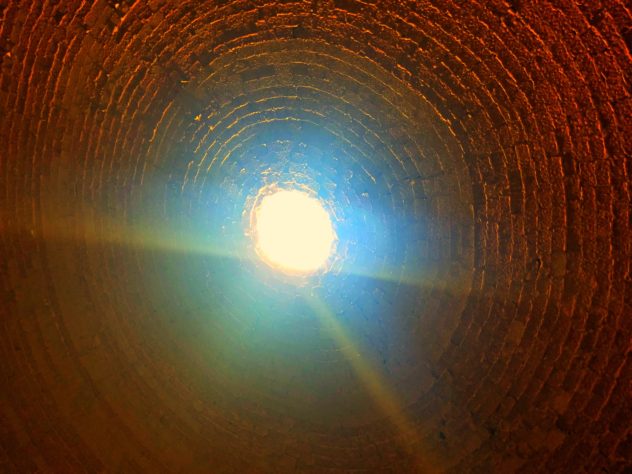
離
A Torch in the Night
V = 4 x M x (A x 100)
Variables:
V = volume (ml) fluid
M = mass (kg)
A = area (%)
The Parkland Formula provides a treatment algorithm for maintenance of hemodynamic stability in the setting of thermal injury where the affected area exceeds 15%. Formulated as a guideline by Dr. Charles R. Baxter who was the Director of Parkland Memorial Hospital Emergency Room of Dallas, the formula beget formulae in variation. Parkland Formula, Modified Parkland Formula, Brooke Formula, Modified Brooke, Evans and Manafo formulas all sporting slight variations. These equations are all “adult” that are modified further for the pediatric population.
“V” is for “Volume” quantified in milliliters of crystalloid solution. The original Sydney Ringer’s solution lactated by Hartmann, commonly “LR”, currently is the preferred IV fluid. Volume once determined is infused over 24 hours with the first half run in the initial 8 hours of resuscitation.
“M” is for “Mass” which represents the total kilogram weight of the thermal injured.
“A” is for “Area” expressed in percent and estimated most commonly and quickly using an assessment tool entitled (Wallace) “Rule of Nines”. Alternatively there is Lund and Browder chart that factors age as another variable. Additionally there is a strong correlation between body surface area and patient palm size at 1%. Accurate calculation of % is critical not only for the algorithm but also in prognostic value. The Baux score boasts a nearly 90% predictability building an index which addresses the “correlative and causal” interaction between mortality and the variables of age, % burn and the +/- of inhalation injury.
Burns are classified historically by 1st, 2nd or 3rd degree or more specifically: superficial, partial thickness and full thickness thermal injury. Only partial thickness and full thickness burns are considered when assessing burn area (“A”) %.
Work through the case of a thirty year old involved in an enclosed space flash fire sustaining partial thickness injuries to left chest, neck and bilateral forearms with full thickness injury to both hands.
Initial assessment includes observation that patient is coughing with hoarse vocalization. Patient weight is 70 kg. On scene % based on Rule of Nines is 40. The original assessment becomes the accepted “A”. Intravenous access is established with two large bore antecubital sites with infusions of LR.
In the full thickness, the skin is rolled back scalded black with angry red tissue below leaking wet protein. Fingers swollen sausage like and extended stiff with tissue charred and swept away. The third space swelling has dislodged the right AC IV adding infiltrated clysis LR. The site is discontinued and a new access acquired using a large and long bore 16 gauge.
The burn area of the neck is nearly circumferential with rapidly expanding edema. A flight nurse, floating in ER, cuts off a ring embedded in the puffy tissue of the left hand while anesthesia performs a successful RSI. Visualization of the airway reveals erythema in the throat, clear evidence of inhalation injury. Like a shot and a chaser, a bolus of a long acting paralytic is followed by an infusion of sedative. A milk white and small bottle of Propofol appears, absurdly hanging among large liters of LR.
The “A” is reassessed and revised to 50% With cauterization, myoglobined cola urine collects in the foley bag. ABG is normal with CO of 9. Plugging these values into Parkland, V will equal 14000 ml with 875 ml to be infused per hour.
LD50 (Lethal Death in 50% of population) Baux based is estimated for this case at 40%.
Changing values, take a case in which the toasted is about same age, has a full thickness burn area in a range of 98% (where it is easier to calculate the non burned perineum and planter surfaces), and includes inhalation injury, the LD50 becomes 100%.
Then, for all the formula, variables and factors and rule of nines calculated sums and scores, there remains still a scent of incineration.



